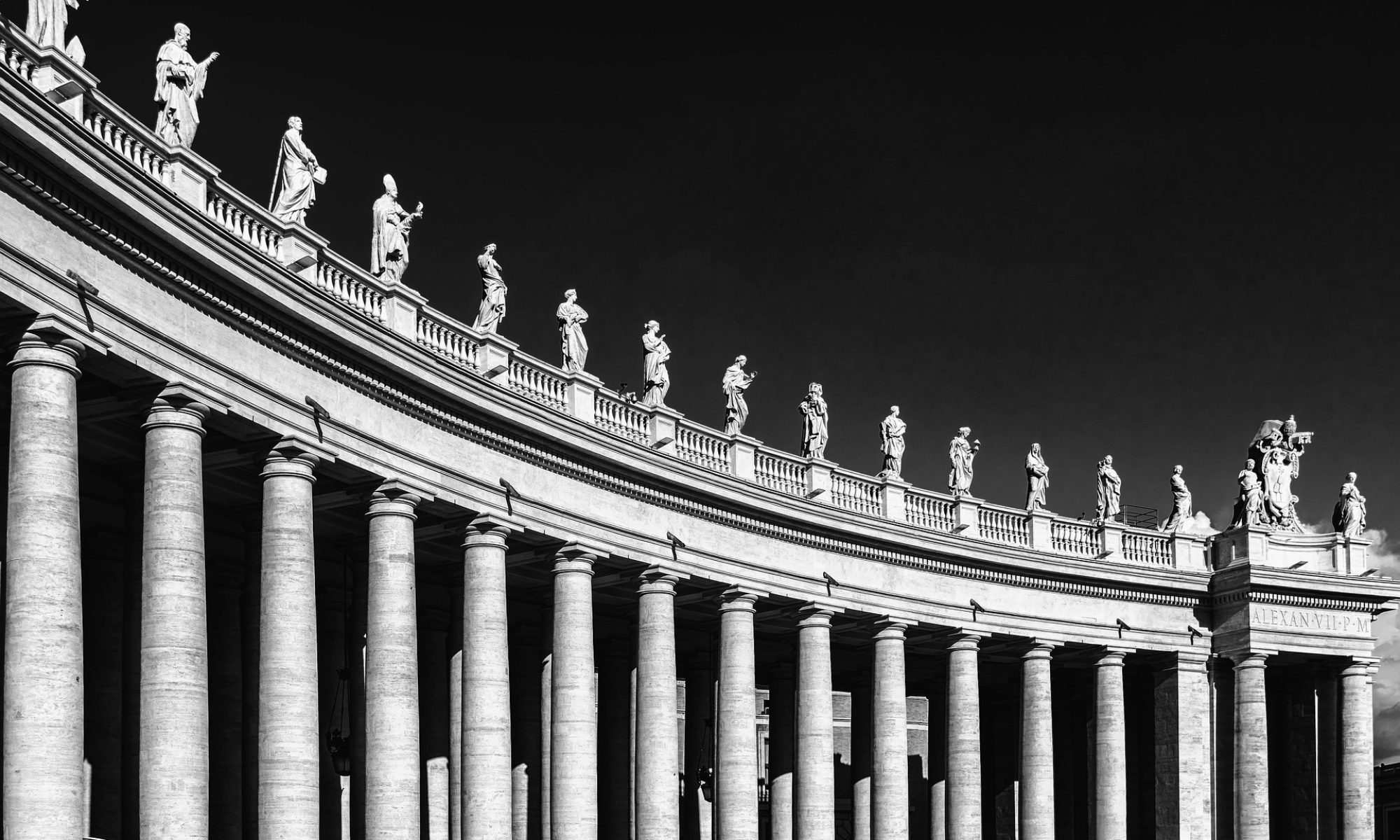The 70th anniversary of the day that the dogma of the bodily assumption of Mary was promulgated passed almost unnoticed. It was November 1, 1950 that Pius XII, with the apostolic constitution Munificentissum Deus, solemnly pronounced the latest Marian dogma, which is also the last dogma of the Roman Catholic Church. In it, Roman Catholicism undertook to consider as a revealed doctrine, and therefore an unchangeable truth belonging to the heart of the Christian faith, that “the Immaculate Mother of God, the ever Virgin Mary, having completed the course of her earthly life, was assumed body and soul into heavenly glory” (n. 44).
In support of this pronouncement, Pius XII cited the devotion of the faithful, the growing expectation of the Roman Catholic people around the world for such recognition, the liturgies of the Western and Eastern churches, some statements extracted from John of Damascus, some writings by medieval fathers such as Anthony of Padua, Albert the Great, Thomas Aquinas and Bonaventure, the works of modern Roman Catholic writers such as Robert Bellarmine, Alfonso de’ Liguori, Peter Canisius and Suarez. Cumulatively, all these voices have brewed throughout history, bringing about the fermentation of the dogma in its official twentieth-century definition.
It is interesting to notice that the only biblical text given in support of the dogma is Psalm 131:8: “Arise, O Lord, into your resting place: you and the ark, which you have sanctified”, where the Ark is associated with Mary through a series of extravagant and amazing connections that Roman Catholicism has allowed to develop. Without a biblical frame of reference for the development of doctrine and devotion, without a commitment to “Scripture Alone”, Roman Catholicism allowed this unwarranted and misleading belief to mount to a dogmatic peak. It is clear that the dogma has no biblical basis (Mary’s death is not described in the New Testament, nor does it have any particular theological significance in the economy of the gospel story) and that biblical quotations are absolutely specious. Yet Roman Catholicism has elevated Mary’s assumption, body and soul, into heavenly glory to the rank of a binding and unchangeable dogma, thus committing itself to a non-biblical doctrine.
If one thinks that in 1870 the previous dogma (that on papal infallibility) proclaimed the pope’s “ex cathedra” pronouncements as “infallible”, Pius XII’s one on Mary belongs to this category: we are therefore faced with a teaching that the Roman Catholic Church considers to be “infallible”, perhaps the only one that a Roman pope has ever promulgated since the 1870 dogma. When a religious institution is not anchored to Scripture alone, and therefore subject to the authority and the corrections of the Word of God, deviations can only go from bad to worse.
The bodily assumption of Mary was the last non-biblical dogma of the Roman Catholic Church in chronological order. Some sectors within Roman Catholicism are pushing for it not to be the last in the definitive sense. For several decades, the dogma of Mary being “co-redemptrix” has been on the horizon, a further development of the ancient Marian syllogism according to which everything that is ascribed to Jesus Christ must in some way also be ascribed to Mary.
This syllogism resulted in two Marian dogmas:
- since Jesus is sinless, Mary ought to be believed as having been conceived without sin (i.e. the 1848 dogma of the immaculate conception of Mary);
- since Jesus rose from the dead, Mary ought to be believed to have been assumed into heavenly glory (i.e. the 1950 dogma of her bodily assumption).
The “logic” of the uncontrolled syllogism would have it that, since Jesus Christ is the Redeemer of the world, Mary is “co-redemptrix”, having shared and still sharing her role in the salvation brought by the Son. It would be the apotheosis of a “crazy” theological mechanism that has already produced two non-biblical and deviant dogmas. The “co-redemptrix” dogma has been brewing for some time; it may take ages to come to the forefront, but it is definitely on the move.
How distant would the biblical Mary be from these pompous talks about her! As she did in her life, if anything she would say: “Do whatever he (Jesus Christ) tells you” (John 2:5). This is the “evangelical” Mary whose faith we want to imitate. The rest is disguised paganism.
A Christian’s Pocket Guide to Mary offers a biblical account of Mary’s character, contrasting this with the Roman Catholic traditions which have developed throughout history, distorting her nature from an obedient servant and worshipper of God to a worshipped saint herself. De Chirico writes with the authority of thorough research as well as personal experience of the traditions surrounding Mary which have become so integral to Roman Catholic worship.

